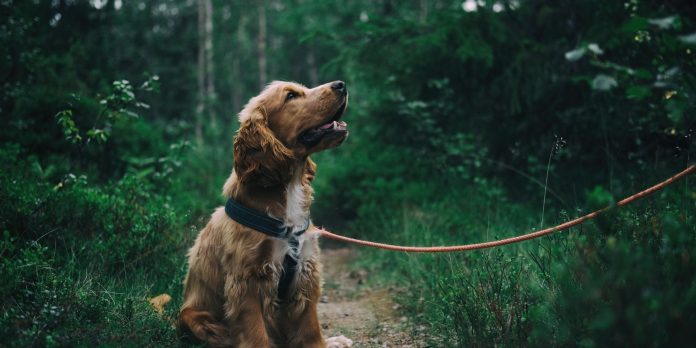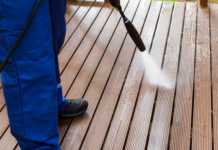Getting a new puppy is an exciting time, and as a responsible pet owner, you want to ensure your furry friend is safe and comfortable. One question that often arises is when to introduce a harness to your puppy. In this guide, we will explore the right time to start using a harness for your puppy’s well-being and comfort.
The Importance of a Puppy Harness
Before we dive into the timing, let’s understand why a puppy harness is essential:
1. Control and Safety
Improved Control: A harness provides better control over your puppy during walks, reducing the risk of them slipping out of a collar.
Less Strain: Harnesses distribute pressure more evenly, reducing the risk of neck injuries common with collar use.
2. Comfort
Reduced Choking: Unlike collars, harnesses don’t put pressure on your puppy’s neck, making it a more comfortable choice, especially for puppies with delicate throats.
3. Training Aid
Training Support: Harnesses can be used as a training tool for teaching your puppy to walk on a leash without pulling.
The Right Time to Start
Now that we understand the benefits, let’s discuss when it’s the right time to introduce a harness to your puppy:
1. Age and Size
Puppy Age: It’s generally recommended to start using a harness when your puppy reaches around 8 to 10 weeks of age. At this point, they are more coordinated and can handle wearing a harness comfortably.
Size Matters: Ensure the harness you choose is appropriately sized for your puppy’s current size. Many harnesses come with adjustable straps to accommodate your puppy’s growth.
2. Development Stage
Physical Development: Wait until your puppy’s body has developed enough for the harness. Their bones and muscles need time to strengthen. Always consult your veterinarian for guidance on your specific puppy’s development.
3. Gradual Introduction
Slow and Steady: When introducing the harness, do it gradually. Allow your puppy to sniff and become familiar with it before trying to put it on. Use treats and positive reinforcement to create a positive association with the harness.
Signs Your Puppy Is Ready
To ensure your puppy is ready for a harness, look for the following signs:
1. Confidence
Curiosity: If your puppy shows curiosity and doesn’t seem fearful of the harness, it’s a good sign they are ready.
2. Comfort
No Discomfort: Ensure your puppy doesn’t show signs of discomfort when the harness is on. They should be able to move freely without restrictions.
3. Cooperation
Cooperative Behavior: If your puppy is cooperative during the harness introduction process, it indicates they are accepting of it.
Tips for Harness Introduction
Here are some tips to make the harness introduction smoother:
1. Proper Fit
Measure Correctly: Ensure you measure your puppy’s chest and neck accurately to choose the right-sized harness.
2. Positive Reinforcement
Treats and Praise: Use treats and praise to reward your puppy when they allow you to put the harness on.
3. Short Sessions
Short and Sweet: Keep the initial harness-wearing sessions short and gradually increase the duration.
4. Patience
Be Patient: Some puppies may take longer to adjust, so be patient and avoid forcing the harness on them.
Conclusion
Introducing a harness to your puppy is an important step in their development and safety. While there isn’t a specific age that applies to all puppies, it’s crucial to consider your puppy’s age, size, and development stage. Always pay attention to your puppy’s comfort and readiness cues. With patience, positive reinforcement, and the right timing, you can ensure that your puppy adapts to wearing a harness comfortably and safely.














